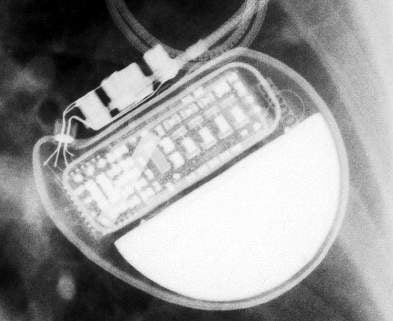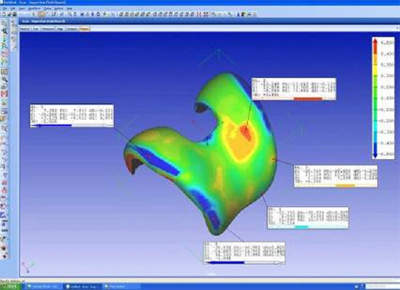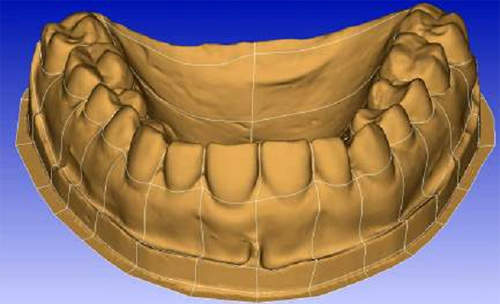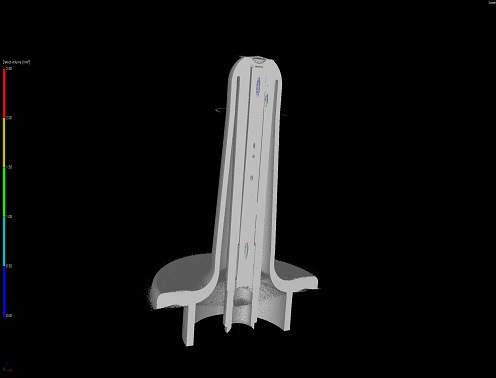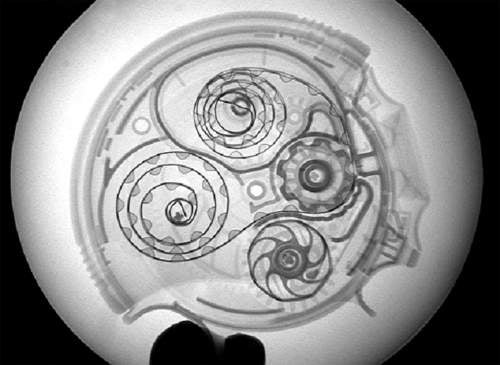Nikon Metrology offers a complete range of examination and measurement services for the inspection of medical devices and components. These include microscopy, manual metrology, automated non-contact video measuring, non-contact geometry inspection, X-ray radiography and computed tomography.
Accurate inspection of small medical components
With medical devices failure is not an option. Reproducible examination and measurement of key components and specified tolerances play a key role in ensuring the reliable and repeatable performance needed for simple, single-use catheters right through to the most advanced drug delivery systems.
In order to avoid the rejection of rogue batches, examination and measurement methods also need to be able to verify the quality of bought-in materials prior to release from inventory, and provide a complete audit trail for regulatory purposes.
Microscopy examination of medical devices
Microscopy is a key tool in the examination of medical devices and components as it provides the means to produce the high-contrast images needed to spot small imperfections on and below the surface of samples such as catheters and surgical blades. It can also prove beneficial in examining failures, to assess whether they are due to a manufacturing error or misuse.
Manual metrology for medical device quality control
Manual metrology provides an accurate means to assess prototypes, check the performance of new injection-moulding tools and perform lower-volume quality control checks.
Automated non-contact video measuring of medical components
Automated non-contact video measuring allows multiple measurements to be reliably made on large numbers of small and complex components at a rate that can keep pace with demanding production schedules. With the correct illumination settings, and repeatable and reproducible edge detection, even the edges on dark and clear parts can be correctly refracted, detected and reproducibly measured. Non-contact video measurement can also be used to compare CAD versus actual data and perform real-time SPC.
Non-contact geometry inspection of medical components
For some components, like knee, hip or dental implants and hearing aids, the as-built shape of the component is crucial for fast patient recovery and maximum comfort. State-of-the art digital laser scanners create high-accuracy, high-density 3D digital copies of the part with a minimum of effort. These point clouds can be used for the inspection of the surface geometry.
Colour diagrams instantly highlight deviations and facilitate the communication with the production department. Alternatively, these copies can be used to create CAD surface models from components that have been tuned manually or where no CAD file is available.
X-ray radiography and computed tomography for inspection of complex medical devices
Medical devices are highly complex components where critical parts can’t be reached by touch probes or seen by video and laser systems; think about the dimensions of an inhaler chamber or any other drug delivery system. Likewise you want to be sure that all components in a pacemaker are connected properly before it is implanted.
In this case X-ray radiography and computed tomography (CT) is the ideal solution. CT is a non-destructive technique that creates full 3D copies of the test specimen that not only allows dimensional inspection but also fault detection, failure analysis and the assembly inspection of complex mechanisms.
Nikon Metrology offers a wide range of CT solutions that all feature in-house-built X-ray sources that give very sharp, high-resolution images. Real-time radiography enables interactive visual inspection, but automation capabilities are available for the inspection of larger batches.


